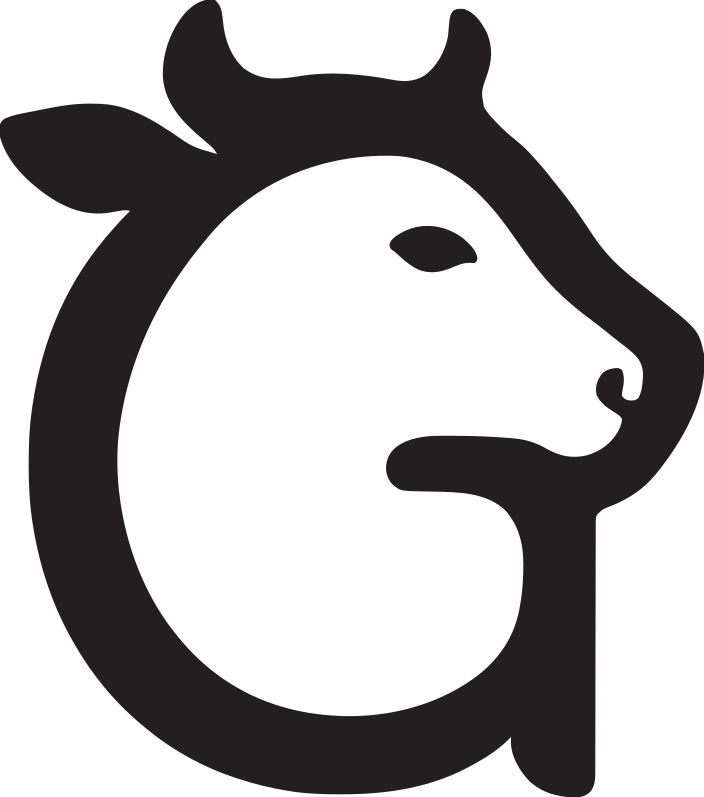Red Sindhi Cow
Bos taurus indicus
The Red Sindhi is one of India's most hardy and adaptable indigenous dairy breeds. Known for its characteristic red coat and exceptional ability to thrive in extreme temperatures up to 50°C, this breed has gained international recognition for its heat tolerance and drought resistance. Red Sindhi cattle produce high-quality A2 milk while maintaining excellent health in challenging climatic conditions.

Key Highlights
Exceptional heat tolerance up to 50°C temperatures
Superior drought resistance and water efficiency
Global presence in 33+ countries
High-quality A2 milk with good butterfat content
Excellent disease resistance and longevity
Physical & Production Characteristics
Physical Traits
Milk Production
Journey from Sindh to Global Recognition
The Red Sindhi breed originated in the Sindh province, which is now part of Pakistan. Following the partition of India in 1947, many Red Sindhi cattle were brought to India by migrating communities. The breed quickly adapted to various climatic conditions across India and gained recognition for its exceptional heat tolerance. Red Sindhi cattle have been exported to over 33 countries, including Australia, Philippines, Brazil, and several African nations, where they have contributed significantly to tropical dairy development programs.
Symbol of Resilience and Adaptation
Red Sindhi cattle represent the resilience of communities that migrated during partition, carrying their precious livestock heritage. In Rajasthan and Gujarat, where many Red Sindhi cattle are now found, they symbolize adaptation and survival. The breed's ability to thrive in harsh conditions makes it a symbol of endurance in Indian farming communities. Many rural families consider Red Sindhi cows as insurance against drought and climate uncertainties.
A2 Milk Health Benefits
Red Sindhi Cow produces superior quality A2 milk with numerous health advantages
High digestibility in hot climates
Rich in heat-stable vitamins and minerals
Natural cooling properties beneficial in summer
Good protein quality with essential amino acids
Minerals adapted to arid region requirements
Supports hydration and electrolyte balance
Conservation Status
Current Threats:
- •Limited breeding programs in native regions
- •Crossbreeding reducing purebred population
- •Climate change affecting traditional grazing areas
Conservation Efforts:
- •International breeding programs in multiple countries
- •Research on climate adaptation traits
- •Gomini conservation through adoption programs
- •Genetic diversity preservation initiatives
Geographic Distribution
Help Preserve the Red Sindhi Cow Heritage
Join thousands of families in conserving India's sacred indigenous breeds through Gomini's cow adoption program
